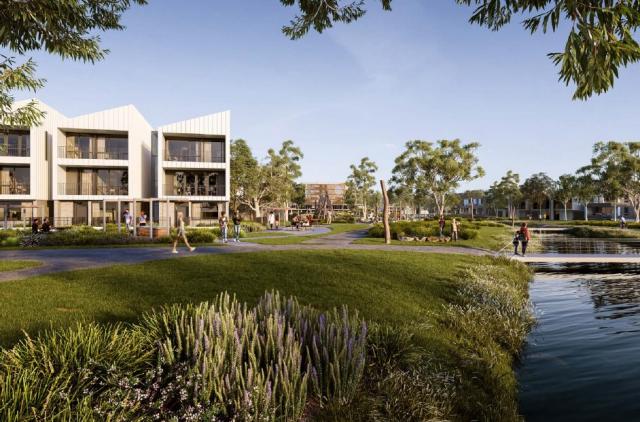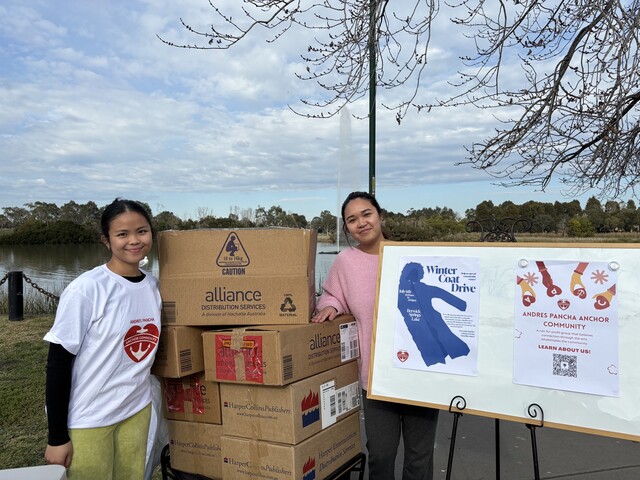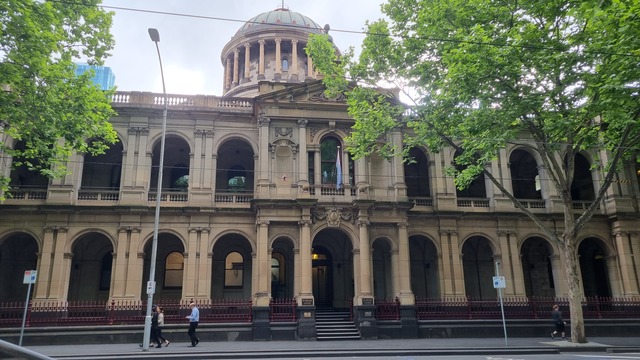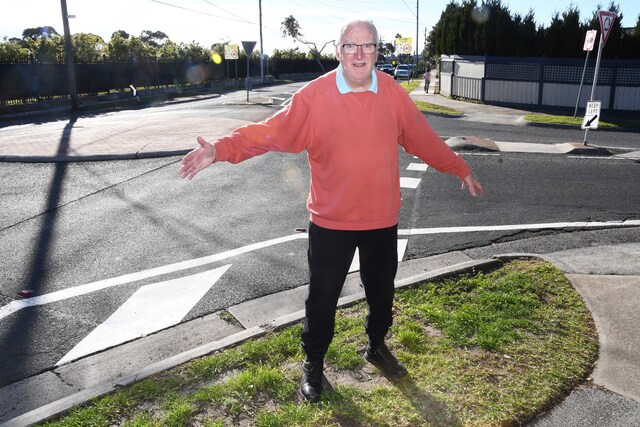Greater Dandenong councillors have been seemingly in the dark about Planning Minister Sonya Kilkenny ‘calling in’ a controversial rezoning of Sandown Racecourse for a 7500-home estate.
In March, the minister formed the Sandown Racecourse Advisory Committee to make recommendations on the proposed rezoning of the 112-hectare racehorse and motor racing circuits.
That month, the committee received initial submissions from the proponent Melbourne Racing Club and stakeholders such as Greater Dandenong Council.
However, Cr Rhonda Garad said the first that councillors were informed by the council of the move was 7 May.
“I’m deeply shocked by this.
“Increasingly the council and therefore the community are locked out of any opportunity to shape our local community.”
The draft amendment C229gdan for Sandown proposes housing for about 16,000 residents.
As well as 20,000 square metres of commercial space for offices, dining and retail and more than 20 hectares of public space including open space, a school and community facilities.
It would retain the heritage-listed grandstand.
In its submission, Melbourne Water has voiced concerns over drainage and flooding risks from Mile Creek, which flows through the racecourse.
A flood study cited by Melbourne Water suggested properties would be “significantly impacted” in the case of a flood event similar to February 2011.
It also requested for widening of the waterway corridor to 100 metres and for all lots on the estate to be “flood free” above climate-change forecasts for 2100.
“Melbourne Water has asked for changes to the developer’s proposed Drainage and Flood Management Strategy to ensure that new developments don’t negatively impact neighbouring or downstream properties,” a spokesperson said.
“Before endorsing development plans, the proponent must submit specified reports for assessment, and provide details of proposed drainage works to Melbourne Water for approval.”
Planning consultant Urbis, on behalf of the MRC, responded that there were “differing views” from two flood assessments.
A separate report had found no increase in downstream flooding, Urbis submitted.
“Consequently, we consider that Melbourne Water has had sufficient input into the modelling approach and the flood study is appropriate for the purpose of exhibition.”
Greater Dandenong Council – through law firm Maddocks – appears to have fielded concerns about the amount of public open space as well as compelling the developer to fund infrastructure on the site.
A council spokesperson did not elaborate on its initial submission.
“Council is currently reviewing the documentation, and once that has been completed, will be making a submission to the Minister for Planning that will detail our position on all matters, including the open space.
“This submission will be finalised as part of a future Council meeting report, so will be publicly available at that time.”
According to the MRC, total open space will be more than 20 per cent of the Net Developable Area (NDA).
A MRC spokesperson said it was pleased that the rezoning was “making good progress”.
“The rezoning process is a planning process only and does not determine the future of racing at Sandown Racecourse.
“Future decisions regarding Sandown will be made in the best interests of the racing industry and ultimately if there is any move to cease racing at Sandown this will be in the hands of the MRC members.”
The Sandown Racecourse Advisory Committee is expected to start public consultation from mid-May to late-June, including a public hearing.
In a report in April, the committee stated it will review “opportunities” to deliver higher density and affordable housing possibly with central courtyards and terrace housing.
It would also seek updated traffic studies on the surrounding road network – and an explanation why Corrigan Road wasn’t proposed for an upgrade.
The report also noted the “conflicting findings” on flooding – noting that the existing lake and infrastructure could result in “flooding upstream of the site”.







